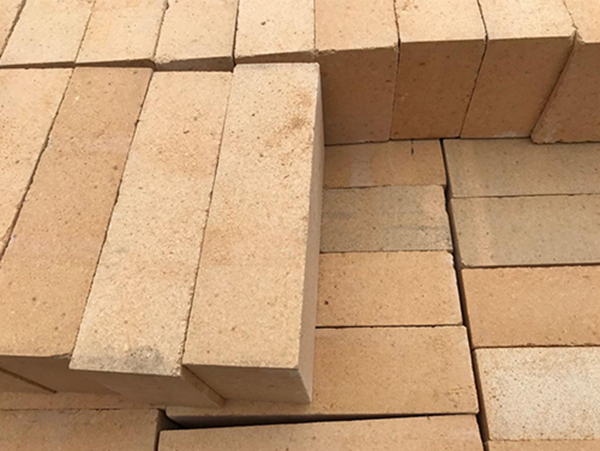Refractory bricks play a significant role in the high-temperature performance of materials. They have high mechanical strength, long service life, excellent chemical stability, no chemical reactions with materials, and can withstand high temperatures up to 1900°C. They are particularly suitable for high-temperature and low-temperature converters, reformers, hydrogenation converters, desulfurization tanks, and methanizers in fertilizer plants. They also play a role in dispersing gases and liquids, supporting, covering, and protecting catalysts.
Refractory bricks can be used in the steel industry for hot blast stoves and heating conversion equipment. Henan Rongsheng is a refractory brick manufacturer. Refractory bricks have advantages such as high density, high strength, corrosion resistance, low thermal expansion coefficient, high grinding efficiency, low noise, long service life, and no material pollution. They are suitable for various grinding mills and grinding media. Refractory materials are generally divided into two types: shaped refractory materials and unshaped refractory materials.
Refractory bricks are primarily composed of various chemical components, and they play a crucial role in the high-temperature performance of materials. Refractory bricks exhibit excellent resistance to high temperatures. The reason many refractory materials have their own distinct characteristics is largely determined by their primary components. Therefore, it is essential to pay close attention to the primary components of refractory materials. Typically, refractory materials are classified based on their chemical composition.
When it comes to selecting refractory bricks, it is important to consider the following factors:
Application requirements: Determine the specific high-temperature conditions and environmental factors the refractory bricks will be exposed to. This includes considering factors such as temperature, chemical exposure, abrasion, and thermal shock resistance.
Primary components: Select refractory bricks with primary components that offer the desired properties and performance for the specific application. Factors such as high lattice energy, high melting point, and high decomposition temperature are important considerations.
Classification and grade: Different refractory materials within the same composition can be classified into various grades based on the type and quantity of their primary components. Choose the appropriate grade that meets the requirements of the application.
Physical and chemical properties: Evaluate the physical and chemical indicators of the refractory bricks, such as porosity, bulk density, thermal conductivity, thermal expansion, and corrosion resistance. Ensure these properties align with the specific application needs.
Cost considerations: The price of refractory bricks is determined by factors such as production volume, physical and chemical properties of the refractory brick type, and other relevant factors. Consider the overall cost and value in relation to the expected performance and service life of the refractory bricks.
By carefully considering these factors, one can make an informed selection of refractory bricks that best meet the requirements for high-temperature applications.
Refractory materials possess various performance characteristics, including:
1.Bulk density: It represents the weight per unit volume and high density, indicating good compactness and high strength. However, it may result in a higher thermal conductivity.
2.Chemical composition: The primary components determine the quality and characteristics of refractory materials.
3.Apparent porosity: While there is no specific requirement, as a manufacturer, it is crucial to strictly control the apparent porosity.
4.Load softening temperature: Also known as the deformation temperature under high temperature load. This parameter is highly important as it indicates the material’s resistance to high temperatures.
5.Thermal shock resistance: The ability to withstand rapid temperature changes without being damaged.
6.Compressive strength: The ability to withstand greater pressure at room temperature.
These performance characteristics are essential considerations when selecting refractory materials, as they directly impact the material’s suitability and performance in high-temperature environments.

